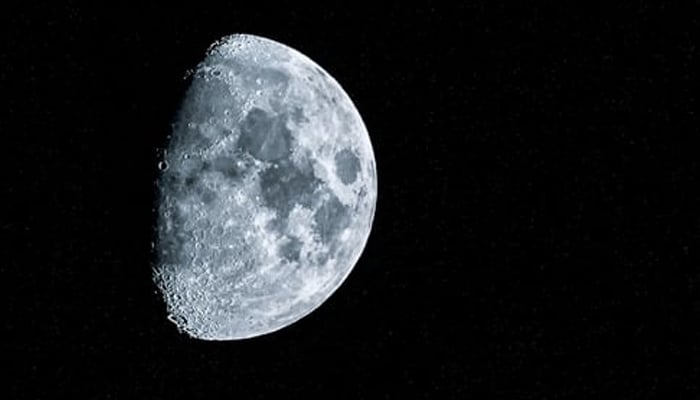
Spanish technology firm GMV has officially launched an advanced GPS-like navigation system for the moon.
The company aims to make lunar missions as intuitive as a drive across town with popular apps, including Google Maps or Waze.
Spanish firm GMV launches LUPIN
The project is termed LUPIN, which aligns with the European Space Agency (ESA) to experiment with the latest positioning, navigation and timing techniques as interest in lunar surface exploration.
"With this software, we bring Europe closer to establishing a presence of humans on the moon and, potentially, this would be a stepping stone towards Mars exploration or human presence on Mars," the project's director Steven Kay told Reuters.
The state-of-the-art technology was tested in the otherworldly realms of Fuerteventura, one of Spain's Canary Islands.
By using signals similar to GPS from moon-orbiting satellites, LUPIN would enable rovers and astronauts to highlight the real-time location on the moon.
Currently, exploring the Earth's largest natural satellite is quite challenging, as spacecraft on its surface have to depend on complex calculations and data from Earth, which is neither quick nor accurate.
The lack of real-time updates on changes in the moon's surface due to current impacts or lunar dust movements also impedes ground trips on the satellite.
"We want these rovers to map the surface of the moon in a fast and safe way so that astronauts can return in a few years, work there and set up permanent bases," GMV's head of strategy, Mariella Graziano, stated.
With the latest launch, the company aims to combine existing lunar cartography with information collected from moon-orbiting satellites targeting dark spots.












